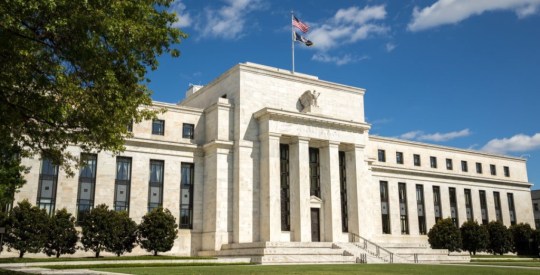The NAR reported its monthly Pending Home Sales Index this morning, which showed the May index 13.3 percent below year-ago levels and down 3.5 percent from April’s reported index numbers. Regular HW readers know I put much more weight on the annual comparisons, so you’ll be interested to know the April YOY comparison stood at a 10.3 percent decline — which means this month’s reading is, at least in terms of YOY, worse than April. The NAR’s new economist, commenting on the numbers, appears to continue beat the “buyer psychology” drum — something I noticed in an earlier NAR press release — although he’s being much more subtle about it this time around:
Lawrence Yun, NAR senior economist, stressed that housing activity continues to be impacted by tighter lending criteria and a lack of buyer confidence. “Some transactions are being postponed from mortgage market disruptions,” he said. “But better supervised lending will put housing in a fundamentally healthier state over the long term. “Mortgage purchase applications are trending up, with some of the rise due to buyers reapplying for alternatives to subprime financing. Nonetheless, home sales should stay close to present levels in the months ahead given an accumulating pent-up demand,” Yun said. The pent-up demand results from slow household formation, which is significantly below levels that would be expected in a period of job creation and economic growth. “As consumer confidence improves, home sales will rise,” he said. [emphasis added]
Let me make this as clear as I possibly can: what Yun fails to realize is that we’ve got a supply-side problem moreso than a demand-side problem right now. Much of the housing boom was driven by astronomical growth in access to, and availability of, subprime credit — credit that has quickly disappeared, taking much of the subprime market with it. While some alternatives like the FHA lending program are stepping in to fill a small part of this void, the simple fact of the matter is that much of the prior growth in this segment of the mortgage market was driven by Wall Street investment banks and associated hedge funds — the yields that subprime securitization and re-securitization offered drove the ABS markets to dizzying heights during the housing boom. Until we solve the supply side of this equation, we’re simply not looking at a “consumer confidence” issue, as Yun suggests. All the positive thinking in the world isn’t going to bring back billions of dollars worth of subprime liquidity.



